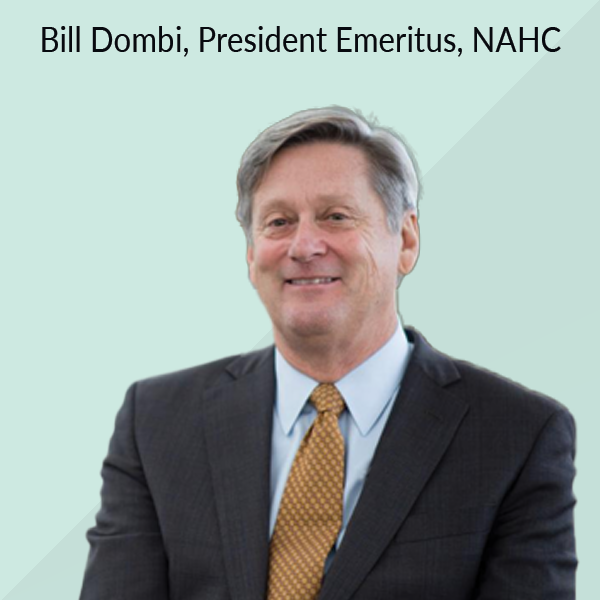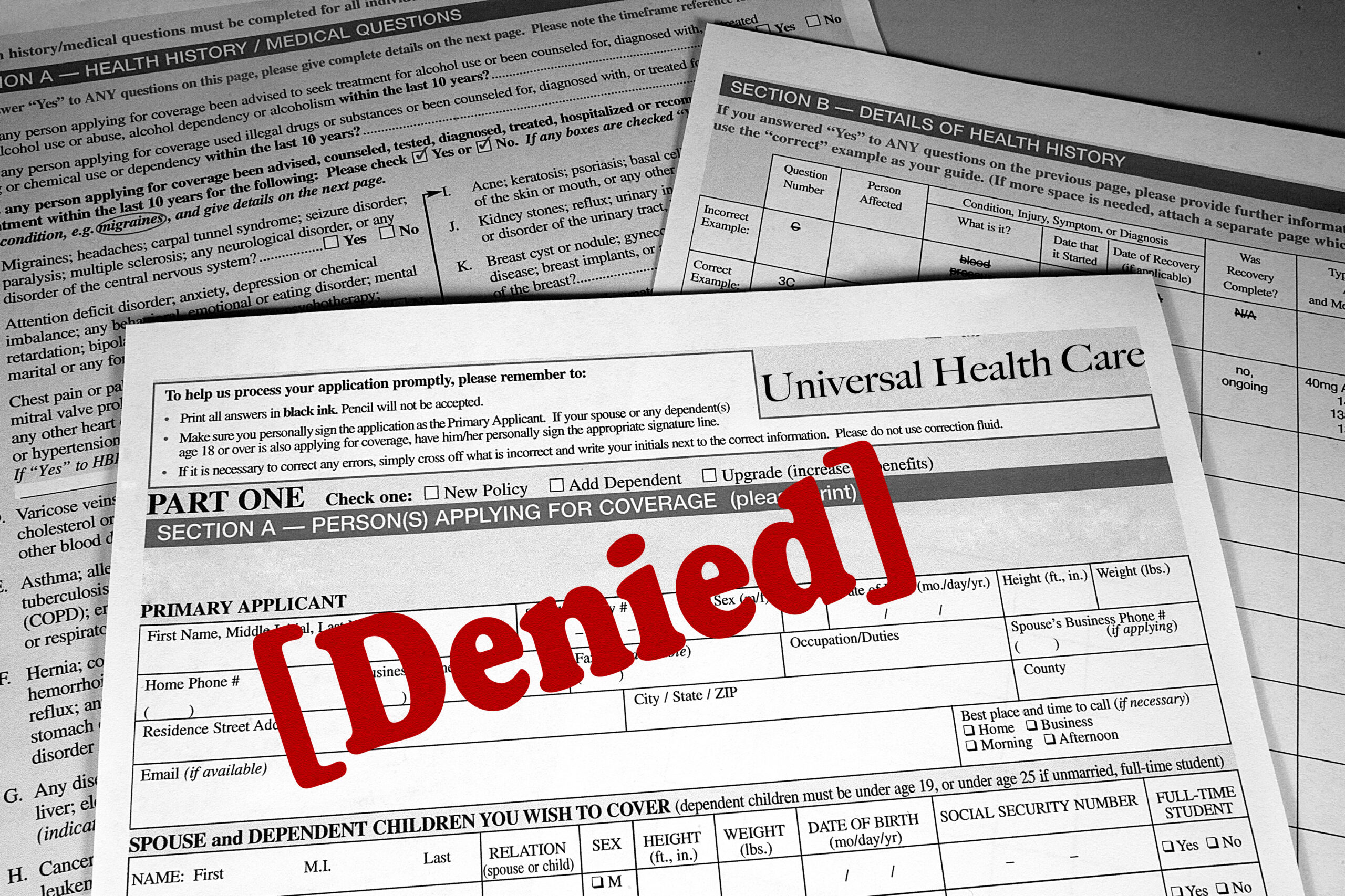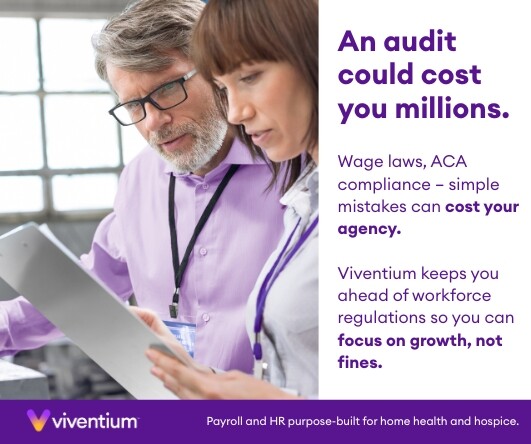Threats to Your Business
Threats to Your Business
Two seemingly unrelated news items jumped out at me that could be threats to your business while I was away tending to funeral preparations for my brother’s wife. Before I analyze those reports, please indulge me as I start with a personal note. I cannot speak highly enough of the end-of-life care my sister-in-law received from the team at Dynamic Hospice of the Los Angeles area, coordinated by longtime friend of The Rowan Report, Michelle Hofhine. They deserve more than this simple public thanks can accomplish.
Health Insurance's Uncertain Future
In a February 7 article for Axios, Caitlin Owens speculates that the Trump administration’s economizing efforts may eventually move to health insurance, particularly the excessive profits from their Medicare Advantage business lines. Explaining why both Moody’s and S&P Global Ratings downgraded their outlook from “stable” to “negative,” Owens cited rising medical costs, the inability to fully offset those costs by hiking premiums, pharmacy benefit manager tightening the screws, and recent strain in operating performance as regulators crack down on insurance abuses in both Medicare Advantage and Medicaid.

The author of the piece also mentioned the trend of large providers refusing to renew MA contracts due to underpayment and unjustified care denials. Some employers, she said, are bypassing insurers and contracting directly with providers. The inability to provide service to MA beneficiaries, who make up 50% of the Medicaid patients, could be a threat to your business and the care at home industry.
The downside of this analysis for Home Health and Hospice providers, as well as Medicare Home Care agencies, is that MA and Managed Care may start to shift more costs to their customers to make up their “losses.” The upside is that this is another opportunity for the industry as a whole to renew its advocacy efforts to try again to convince government payers that in-home care saves them more than it costs them.
It is too soon to predict what policy changes HHS Secretary Kennedy and CMS Administrator Oz will enact, but it is safe to assume they will adopt the White House’s goal to slash government spending. During a time when private payers see their margins squeezed and public payers are looking to cut costs, renewing our sector’s decades-long message that we are the quintessential economizing solution may mean that message will finally be heard.
Private Equity Bad for Patients, Senate Finds

The second surprising report came from the U.S. Senate Budget Committee. In a scathing bipartisan report of an in-depth investigation spearheaded by Chuck Grassley (R-Iowa) and Sheldon Whitehouse (D-RI), the committee declared that “private equity investment in health care has negative consequences for patients and providers.”
Titled “Profits Over Patients,” the 162-page report focuses on two of the largest private equity firms that have recently invested in two large hospital systems. We mention it because there has been an atmosphere of celebration in recent years at post-acute care conferences about the renewed interest in Home Health and Home Care among investors.
Here are some of the reasons the Senate recommends caution:
- Emphasis on profit over quality of care: “Documents obtained by the Committee detailed how private equity’s ownership of hospitals earned investors millions, while patients suffered and hospitals experienced health and safety violations, understaffing, reduced quality of patient care and closures.”
- “Chronic understaffing” leads to much longer wait times for patients
- Closures for “economic reasons” force patients to drive long distances for care
- Higher frequency of health and safety violations puts patients at risk
- Minutes of some board meetings show discussions focus only on profit maximization tactics — cost cutting, increasing patient volume, and managing labor expenses — with little to no discussion of patient outcomes or quality of care at their hospitals
- In one extreme case, according to Senator Whitehouse, one firm “paid out $645 million in dividends and preferred stock redemption to its investors and shareholders, while it took out hundreds of millions in loans that it eventually defaulted on.
Senator Whitehouse added in the report, “Private equity investors have pocketed millions while driving hospitals into the ground and then selling them off, leaving towns communities to pick up the pieces.”
Let's Finish With Optimism
# # #

Tim@RowanResources.com
©2024 by The Rowan Report, Peoria, AZ. All rights reserved. This article originally appeared in Healthcare at Home: The Rowan Report. One copy may be printed for personal use: further reproduction by permission only. editor@therowanreport.com





















